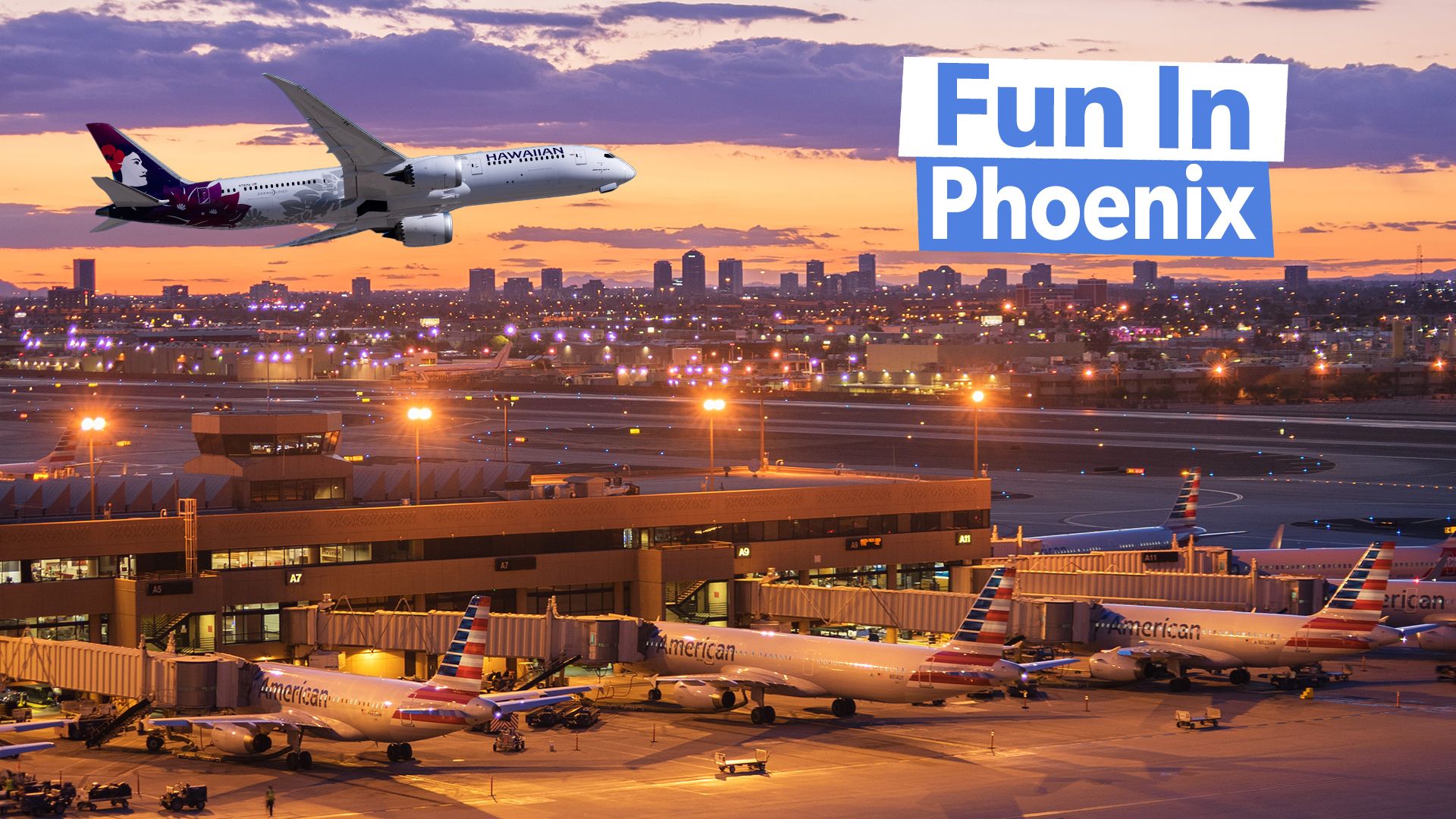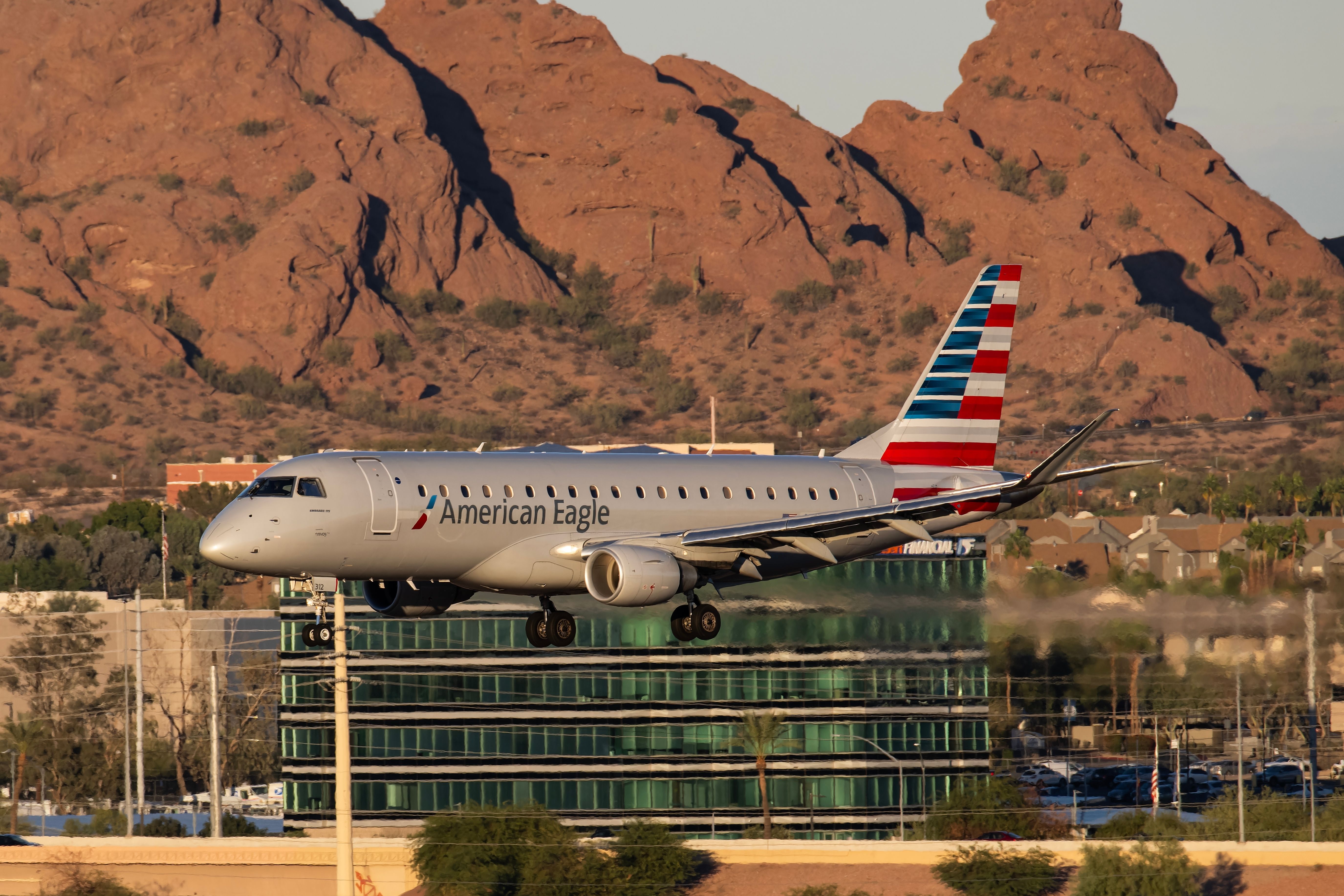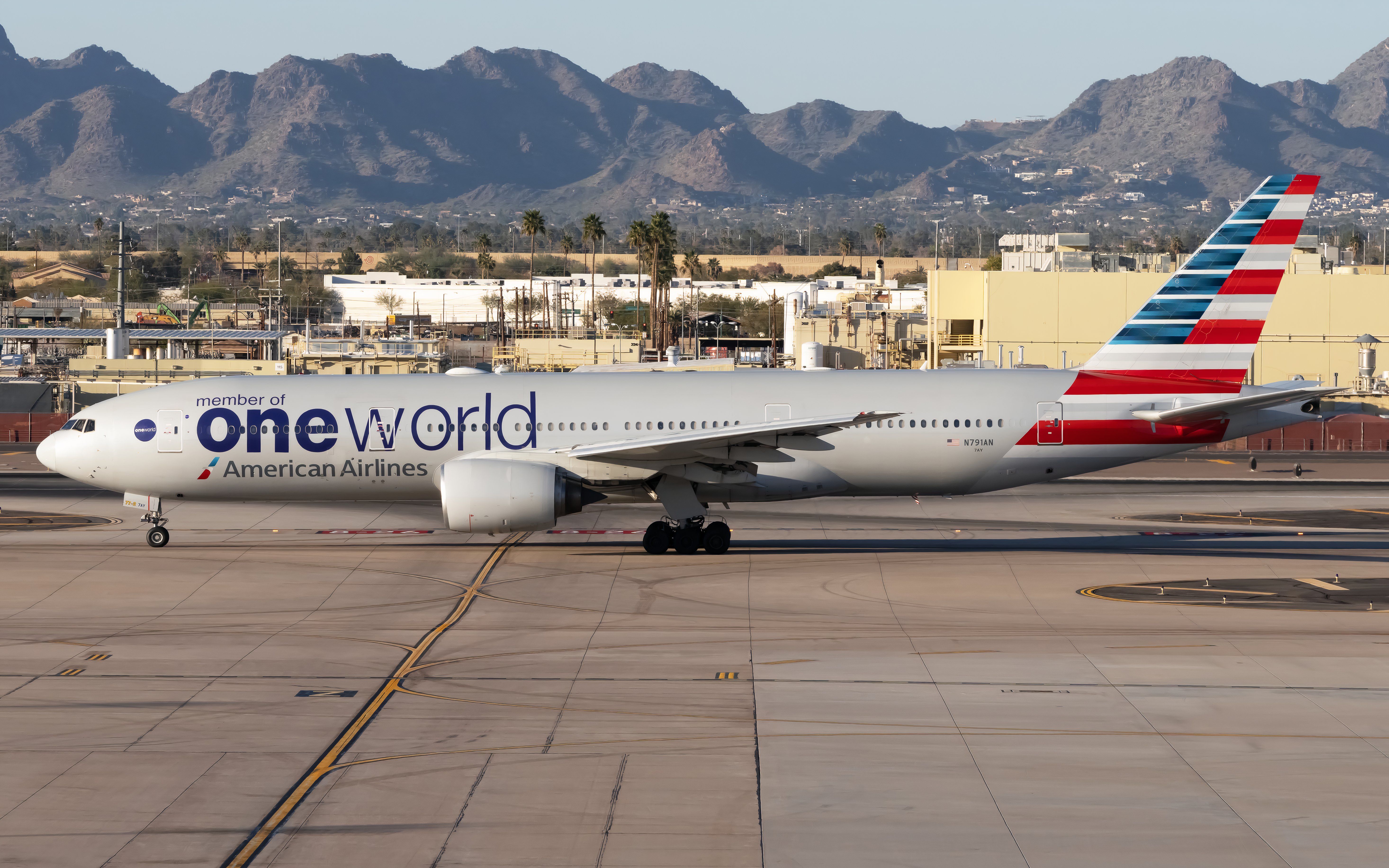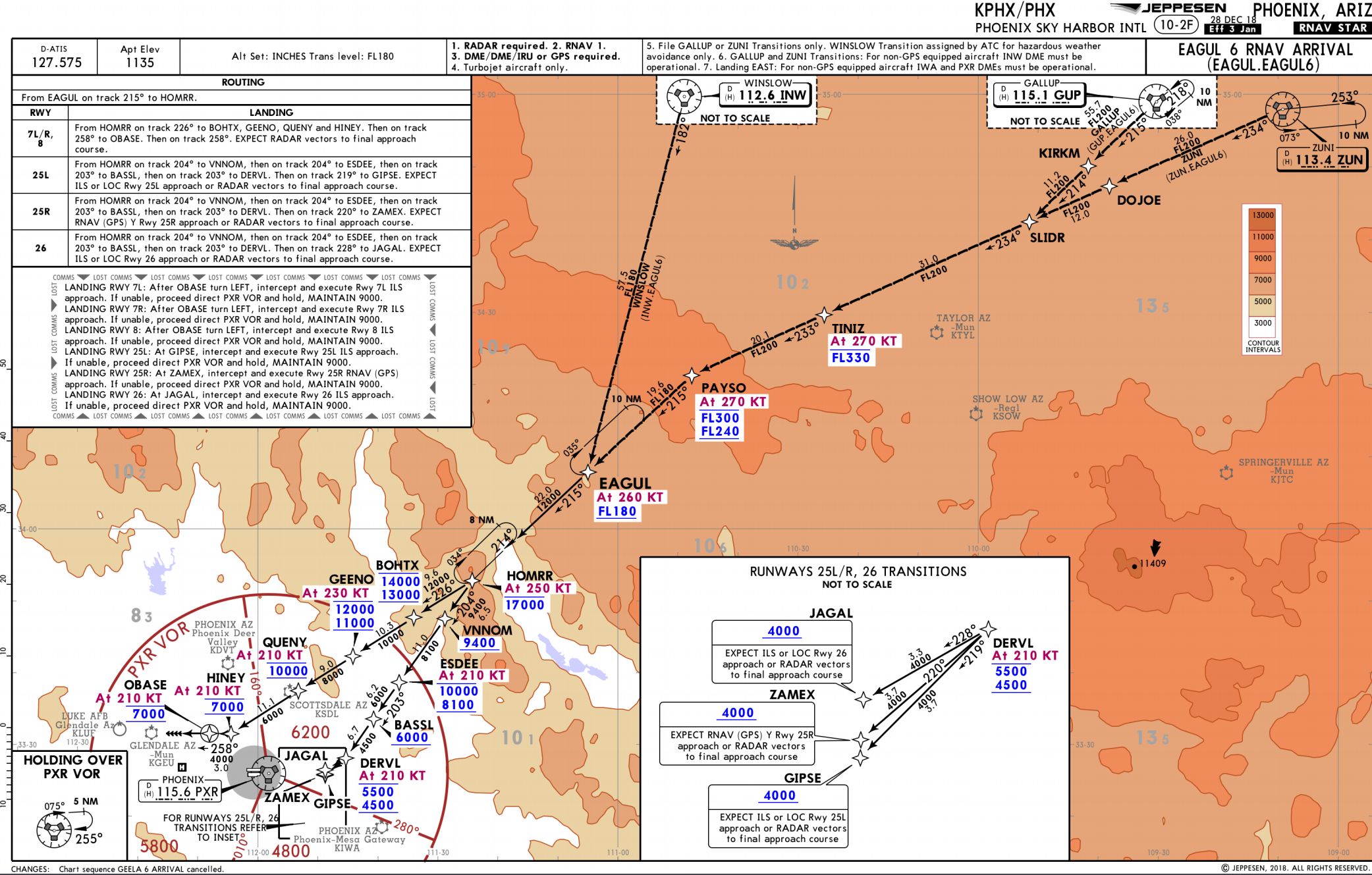It’s intentionally ironic that one of the hottest, driest major cities on Earth has an airport with the word “harbor” in its official name. Phoenix, Arizona’s airport, Sky Harbor International, is a bustling two-terminal facility that serves as an operational hub for multiple major US airlines.
Operating into and out of Phoenix is very straightforward, especially compared to other major airports that handle as much passenger traffic as it does. This article explains the piloting and operational experience at the Valley of the Sun’s main airport.
Operational predictability
Phoenix has one of the most predictable dirunal (or daily) wind patterns. The wind almost always blows softly out of the east in the mornings and turns 180 degrees in the early afternoon. Having understood this pattern, the engineers who designed Sky Harbor built the airport to feature a three-runway configuration where all the runway axes are identical.
Photo: Robin Guess | Shutterstock
Departures and arrivals use an easterly flow in the mornings, and the airport turns around to a west flow in the early afternoon on a daily basis. The only disruptions to this pattern come during the windier spring season or during the summer monsoon when outflow winds from thunderstorms can cause crosswinds of varying degrees.
To further the point regarding Phoenix’s consistent year-round wind patterns, look at the other airports in the metro area. (There are plenty due to Phoenix’s sunny year-round weather, which makes the area a flight training and general aviation hotspot.)
Photo: Vincenzo Pace | Simple Flying
There are five other airports in the metro area with multiple runways: Luke Air Force Base, Deer Valley, Falcon Field, Mesa Gateway, and Chandler Municipal. Each has parallel runways like Sky Harbor, a testament to the predictability of the area’s wind, which blows from one direction in the morning and changes abruptly yet consistently later in the day.
Arrival corridors
Unlike many other major airports with multiple arrival procedures, Phoenix uses four, whereas many others would use eight. Other airports featured in similar articles, such as Dallas or Chicago, have different arrivals depending on how the traffic is moving.
On the other hand, Phoenix has transitions built into its arrivals for any of the six potential runways. Therefore, traffic from the northwest always “descends via” the BRUSR 1 arrival, and traffic from the southeast uses the PINNG 1. The controllers indicate which transition to use.
Photo: Jeppessen
Pilots must be careful about which arrival and runway transition is loaded into the flight management computer since Phoenix’s arrivals can be used to transition to any runway. Each arrival (EAGUL 6, PINNG 1, HYDRR 1, and BRUSR 1) splits traffic into a downwind or base leg for the assigned runway while still around 10,000 feet or 30 miles from the airport. Therefore, pilots need to ensure the assigned runway transition is loaded well before the convergent waypoint so that they fly the proper arrival path.
The Valley of the Sun
There’s a reason why Phoenix’s basketball team is called the Suns—it’s always shining! In the summer, the result of this sunshine in the desert biome is one of the hottest inhabited large cities on Earth. The heat (which quickly reaches 40C daily during the summer) and Phoenix’s 1135-foot elevation make for a very high-density altitude, which results in performance penalties on takeoff.
It’s common to perform a “packs off” or “APU to pack” takeoff in the summer to squeeze as much performance out of the engines as possible (having the packs, or air conditioners, off during takeoff relieves the engines of dedicating airflow to them). This is essential on full flights or long journeys that require a large fuel load. Flights are sometimes payload-restricted out of Phoenix during the summer because of performance requirements.
Taxiing
Sky Harbor is a straightforward airport that is easy to navigate. Like the rest of the city of Phoenix, the airport is on a grid: If you’re on a paved surface, you’re facing a cardinal direction. Likewise, ground controllers will issue only four standard taxi instructions: “North, South, East, and West Routes.” Pretty easy, right?
Another unique feature of taxiing at Phoenix is the ability to pass under a bridge, which can be done only in a few other places (Seattle/Tacoma comes to mind). The PHX Sky Train, Sky Harbors’ automated people mover, has a bridge that crosses on top of taxiway Romeo on the east side of the airport. The bridge is 100 feet tall, or 30m, and was the first ever built over an airport taxiway.
Another point about taxis: Sky Harbor is one of the most accessible airports from the downtown of the city it serves. The airport is only 3 miles east of downtown Phoenix and about a 10-minute drive (or 25-minute train ride) away from the city center. This makes it one of the most centrally located major airports in the US, along with Las Vegas, San Diego, and San Jose.
A friendly airport indeed
All told, Phoenix is one of the most straightforward major airports from an operational standpoint. Not only is it easy to get to, but Phoenix has predictable weather patterns, taxi routes, and a grid-like airport layout. When walking through the terminals of Sky Harbor, you’ll hear an announcement recite: “Welcome to Sky Harbor, America’s friendliest airport.” From an ease-of-access and usability standpoint, I’d have to agree with this rather boastful sentiment.




